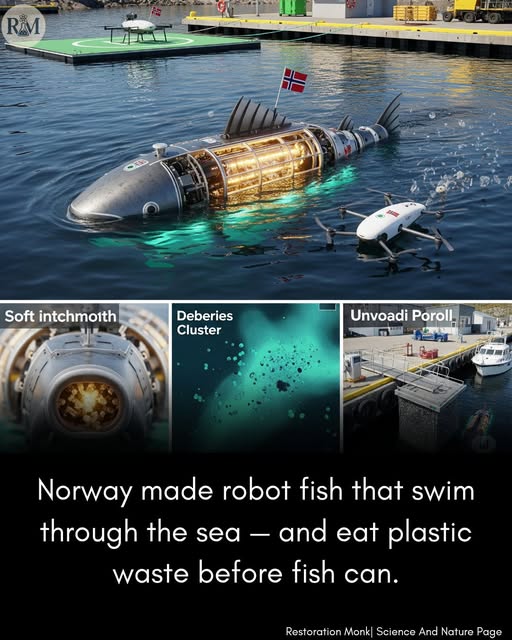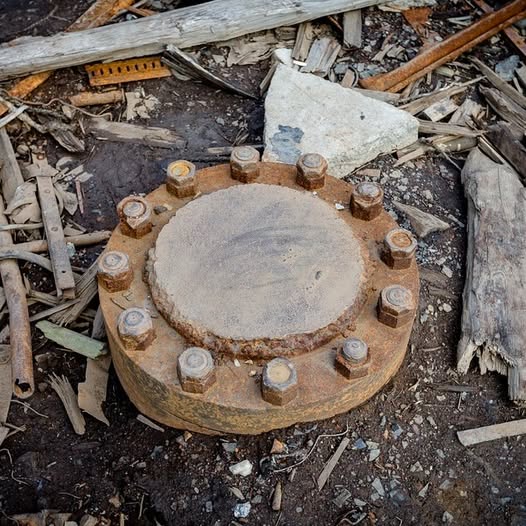
Michael J Fox

Roof Tiles From Tyres
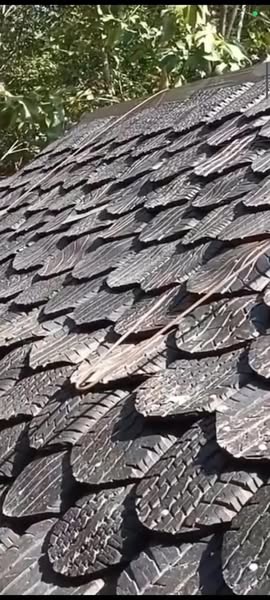
Every Paper Proving The Existence Of A Virus Is Scientific Nonsense!
Original Apple Pie
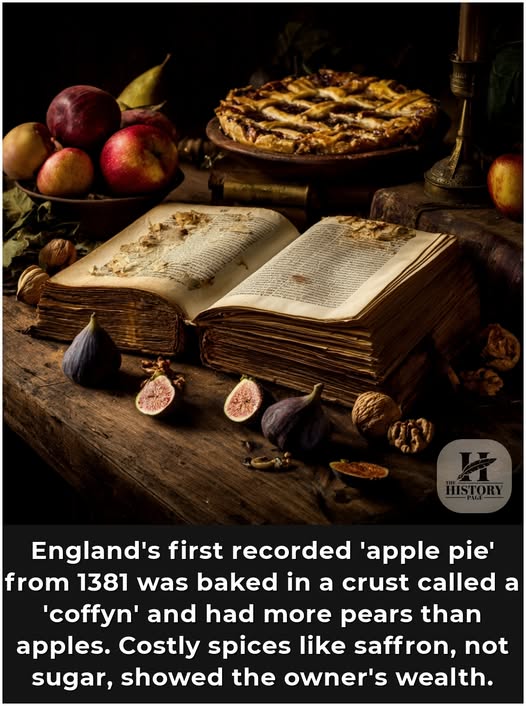
…even a man with nothing… can still give everything.
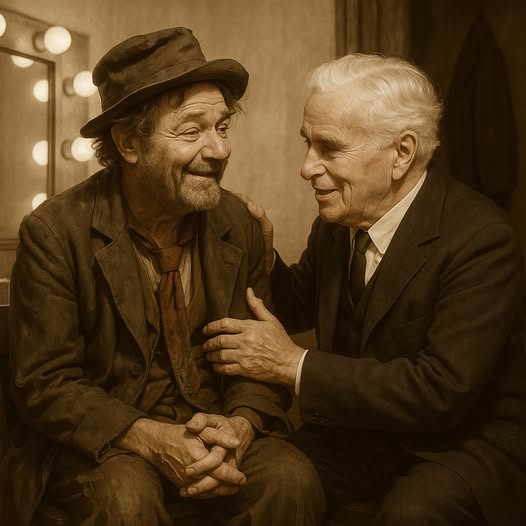
In the 1950s, Red Skelton was performing to sold-out crowds in Los Angeles. One night after the show, an elderly, hunched man in tattered clothes appeared at the stage door—so unrecognizable that the staff assumed he was just another street performer and tried to send him away.
But the man quietly pleaded:
“Please… tell Mr. Skelton I’ve come to see Freddie the Freeloader.”
Red, still dressed as his beloved character Freddie, heard the commotion and peeked outside—only to be completely stunned.
It wasn’t just anyone.
It was Charlie Chaplin—the silent film legend himself.
Red immediately invited him in, offered him a seat, and the two comedians spent nearly two hours together, just the two of them. No reporters, no audience—just two kindred spirits sharing stories from the heart.
Chaplin told Red:
“Freddie the Freeloader… he’s a beautiful soul. He’s the closest I’ve seen to The Tramp since I retired him.”
For Red, this meant the world. Chaplin was his idol, and to have him recognize Freddie—not as a copy, but as a kindred soul—was the highest honor.
Before leaving, Chaplin embraced Red and whispered:
“Never stop playing that character. The world needs to remember that even a man with nothing… can still give everything.”
A Fly Solution
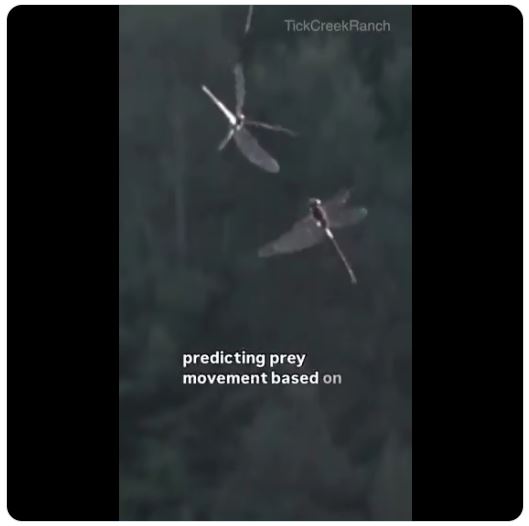
This farmer explains what he does to protect his cattle from flies.
Your Daily Dose of Inspiration
You are not what was done to you.
You are what you became in spite of it.
Richard Norris Williams
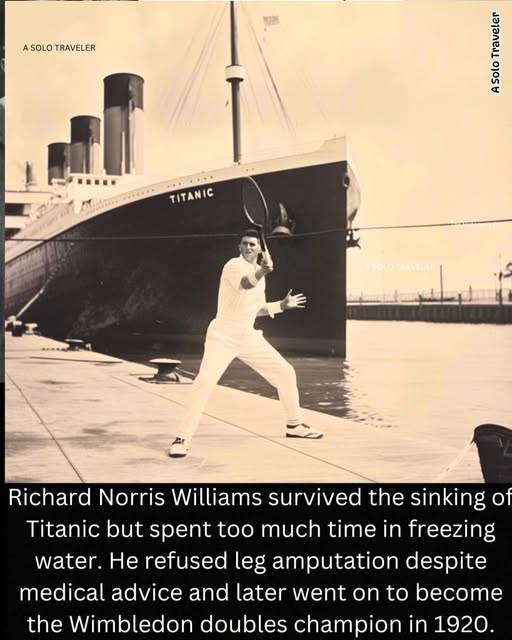
Norway Launches Robotic Fish That Eats Plastic Waste from Harbors
